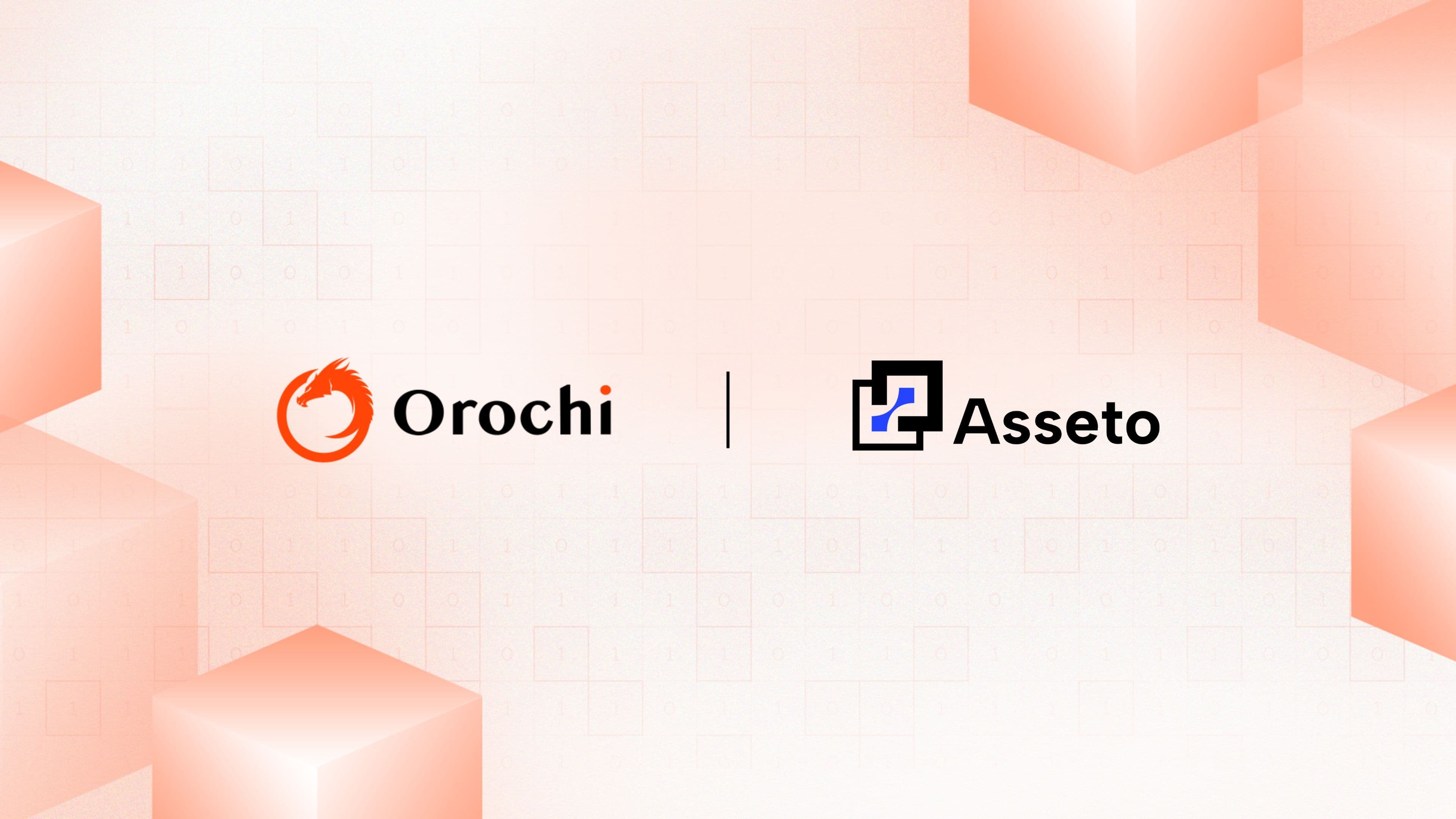What to Expect from Blockchain Technology in 2025

As blockchain technology continues to evolve, its potential to transform industries - from healthcare to finance - is becoming more apparent. We believe 2025 is shaping up to be a pivotal year with several trends impacting how we interact within Web3.
Here’s a closer look at the key trends that are gaining momentum:
Layer 2 Scaling and Cross-Chain Interoperability
Scalability has always been a key issue in blockchain and Layer 2 solutions have already proven their ability to scale blockchain networks. Ethereum's transition to Proof of Stake (PoS) has set the groundwork for scalability improvements. The introduction of zk-Rollups and Optimistic Rollups has already shown significant improvements in transaction throughput.
In 2025, Layer 2 solutions will become more ubiquitous. As Orochi continues to expand our suite of products, we are committed to ensuring seamless and secure scaling across multiple fronts.
Web3 is about interconnected ecosystems, and cross-chain interoperability will also be the key. Protocols enabling interoperability, like Polkadot and Cosmos, are helping to bridge the gap between disparate blockchains, giving users more flexibility and liquidity across platforms. In 2025, expect to see more projects integrating with multi-chain ecosystems for enhanced functionality and user experience.
At Orochi Network, we’re working on our zkDA Layer, which includes zk bridge that ensures data transfers across networks remain secure and efficient. Our goal is to be a part of this growing interoperability vision.
Widespread Adoption of Central Bank Digital Currencies (CBDCs)
By 2025, Central Bank Digital Currencies (CBDCs) are set to become a mainstream part of the financial ecosystem. Many governments are already piloting or planning CBDCs, aiming to modernize the payment system, increase financial inclusion, and reduce the cost of printing physical currency. These digital currencies will likely be built on blockchain, offering transparency and security.
This integration will open up new opportunities for blockchain to gain even more traction in traditional finance, making digital payments easier and more secure.
Green Blockchain: Focus on Sustainability
As more attention is given to sustainability, the environmental impact of blockchain is a hot topic. In 2025, we’ll see more platforms prioritize energy efficiency, shifting from energy-intensive Proof of Work (PoW) to sustainable alternatives like Proof of Stake (PoS). Ethereum’s move to PoS in 2022 was a significant step, and by 2025, more networks will follow suit, helping blockchain technology align with global sustainability goals.
For example, tther networks, such as Tezos and Algorand, also use PoS mechanisms and have been marketed as more energy-efficient alternatives to Bitcoin’s PoW system.
Blockchain in Healthcare: Enhancing Data Privacy and Interoperability
The healthcare sector is one of the most promising areas for blockchain adoption. Its application in healthcare has been demonstrated by projects like Medicalchain, which uses blockchain to secure patient health records and ensure transparency in the management of medical data. The European Union's My Health My Data initiative, which explores the potential of blockchain in managing patient records across member states, is another example of the growing interest in blockchain for healthcare.
In 2025, we expect blockchain to play an essential role in creating a unified, transparent, and secure healthcare ecosystem. The integration of blockchain in this space will be key in addressing data breaches and securing patient records across the globe.
Decentralized Identity and Data Sovereignty
As concerns about online privacy and data security continue to rise, decentralized identity solutions are becoming a key trend to watch. Blockchain can enable users to have full control over their personal information, allowing them to manage and share it securely without relying on centralized entities.
By owning their data, users will be able to control how, when, and with whom they share their personal information. This move toward data sovereignty is not just about privacy; it’s about trust, transparency, and empowering individuals to take charge of their digital lives.
Conclusion
The key takeaway for 2025 is that blockchain technology will become more seamless, scalable, and integrated into the fabric of Web3. With advancements in cross-chain interoperability, the rise of CBDCs, a focus on sustainability, and real-world applications in healthcare and identity management, blockchain is poised to disrupt more than just financial markets. It will lay the foundation for a truly decentralized future.
About Orochi Network
Orochi Network is the world's first zkDA Layer, recognized by the Ethereum Foundation. By leveraging Zero-Knowledge Proofs (ZKPs), Orochi ensures data integrity, security, and interoperability, empowering developers with the tools to overcome the limitations of on-chain execution and scalability in Web3. At the core, Orochi offers the world's first verifiable database designed for enterprises, AI/ML, zkML, zkVMs, verifiable computation, Web3 applications, and more.
Experience verifiable data in action - Join the zkDatabase live demo!
Book a Demo











